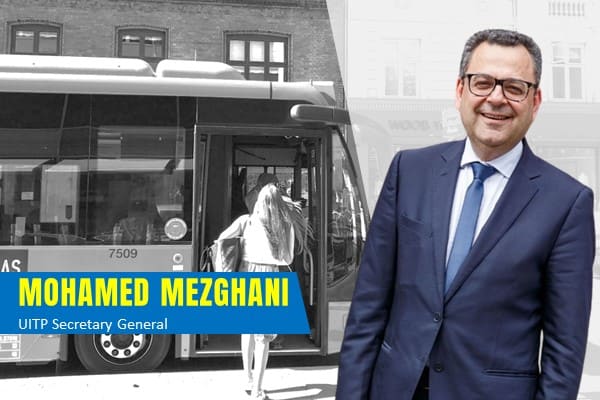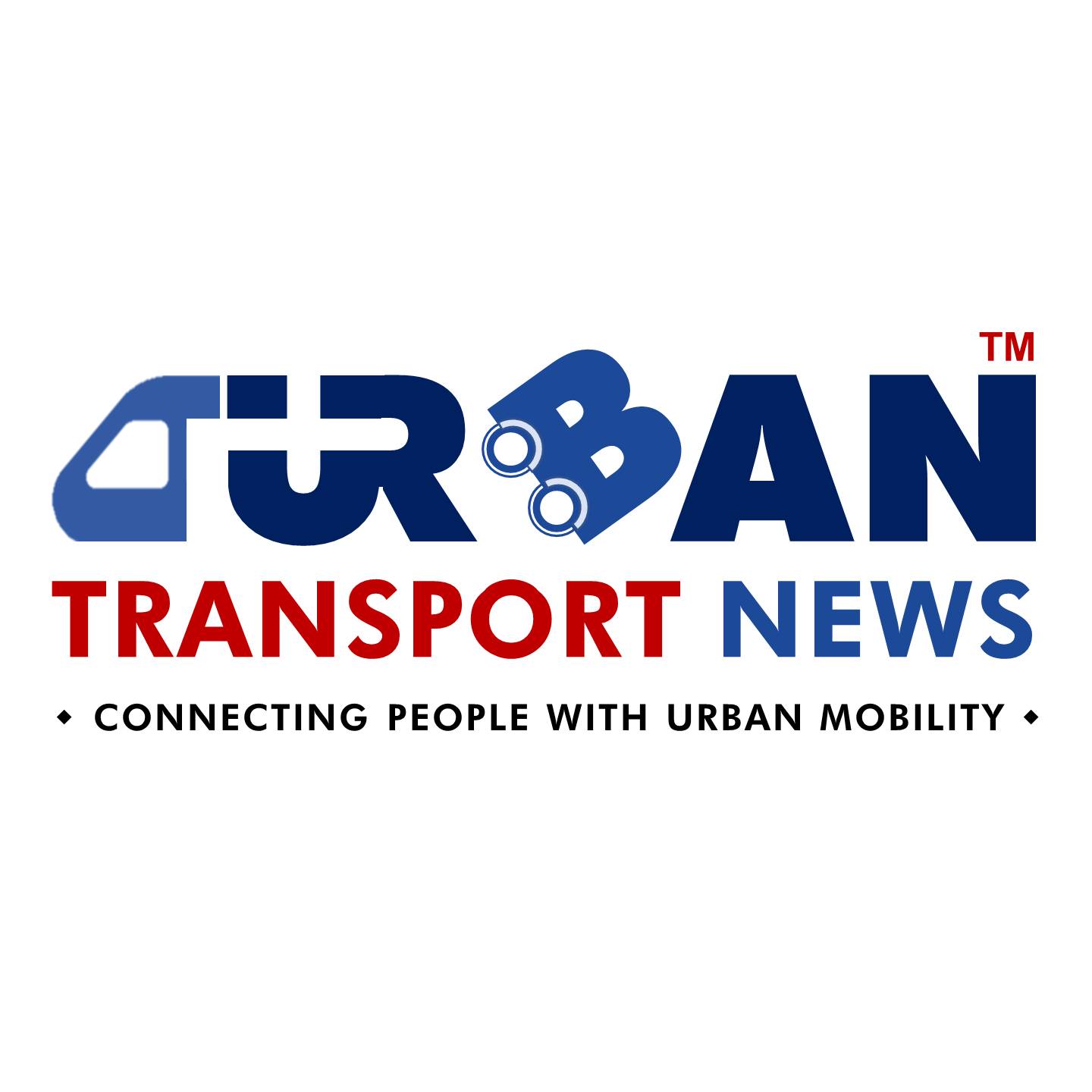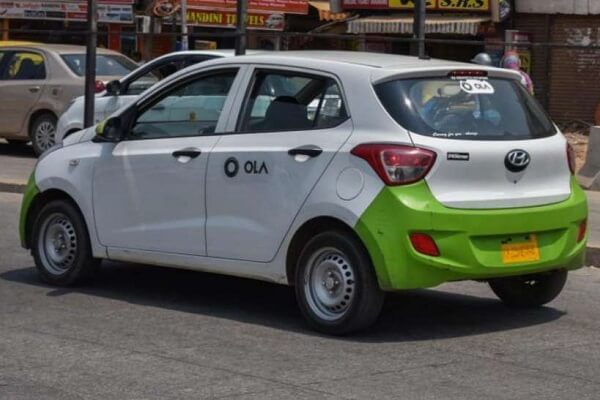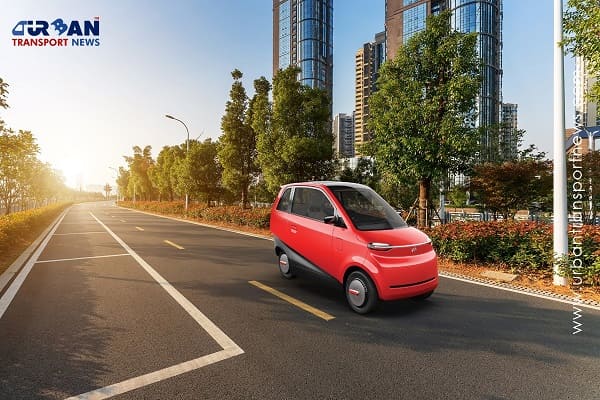 Delhi unveils ambitious Urban Mobility Vision: Luxury Metro Coaches, New Tunnels and Pod Taxi
Delhi unveils ambitious Urban Mobility Vision: Luxury Metro Coaches, New Tunnels and Pod Taxi Qatar approves Saudi Rail Link Agreement, Accelerating Gulf Railway Vision 2030
Qatar approves Saudi Rail Link Agreement, Accelerating Gulf Railway Vision 2030 UP Govt plans to introduce Water Metro services in Ayodhya, Varanasi & Prayagraj
UP Govt plans to introduce Water Metro services in Ayodhya, Varanasi & Prayagraj India’s First Urban Ropeway begins Trial Run in Varanasi, Set to carry 1 Lakh passengers daily
India’s First Urban Ropeway begins Trial Run in Varanasi, Set to carry 1 Lakh passengers daily India and Bhutan to Build First-Ever Rail Link: ₹4,033 Cr Project to Boost Regional Connectivity
India and Bhutan to Build First-Ever Rail Link: ₹4,033 Cr Project to Boost Regional Connectivity Patna to launch Eco-Friendly Water Metro; Trial Run soon between Digha and Kangan Ghats
Patna to launch Eco-Friendly Water Metro; Trial Run soon between Digha and Kangan Ghats Air India Group set to launch Flights Operations from Navi Mumbai International Airport
Air India Group set to launch Flights Operations from Navi Mumbai International Airport Chennai to launch 25-Year Mobility Plan with Unified QR Ticketing and One-App Transit System
Chennai to launch 25-Year Mobility Plan with Unified QR Ticketing and One-App Transit System Kochi Metro bags ₹4.4 crore contract to prepare DPR for Mumbai Water Metro Proejct
Kochi Metro bags ₹4.4 crore contract to prepare DPR for Mumbai Water Metro Proejct Navi Mumbai International Airport set for September launch; IndiGo and Akasa Air to lead Operations
Navi Mumbai International Airport set for September launch; IndiGo and Akasa Air to lead Operations
How to make public transport attractive and profitable?
UITP's Mohamed Mezghani explains how to make public transport attractive and profitable?

Mohamed Mezghani is the Secretary General of the International Association of Public Transport (UITP) since 2018. He has been working for more than 30 years in public transport and urban mobility related fields in different roles - knowledge manager and director, adviser and consultant as well as researcher. UITP, a global association of more than 1.800 entities.
In a recent interactions with Charlotte Schmitz, Mezghani explains how to make public transport attractive and profitable.
Mr. Mezghani, how did you come to your office in Brussels today?
Mohamed Mezghani: I took the train from Paris and then the tramway from the station to the office. I don't own a car.
What is your experience with public transport in Brussels?
It has always been very good. We have buses, trains, and tramways. Shared mobility, bike sharing, scooter sharing, car sharing et cetera are very developed in Brussels.
Is this the definition of sustainable mobility? Less cars and more shared transport, more public transport?
This is more of a consequence, I would say. When we speak about sustainability, there are three dimensions: the environmental dimension, the economic one, and the social one.
If we look at the environmental aspect, the expansion of public transportation would have to go faster. Because the transport sector is the second one emitting the greenhouse gas emissions. How can we accelerate decarbonization?
The contribution of transport to carbon emissions is accelerating and growing the fastest. There are three pillars in the decarbonization policy. We call it Avoid-Shift-Improve. First, it's about trying to avoid the mobility. This interview we are doing it online. Of course, it generates CO2, but it generates much less CO2 than if you have traveled to Brussels. In the long term, it's important that we develop cities in a way that we avoid moving long distances or moving often.
The so-called 15-minute city.
This is one solution, but in general, we call this transit-oriented development or integrating land use and urban planning. If you remember, 50 years ago, many countries created what they called new cities. They used to separate between the employment places, the housing, the commercial places, the leisure places, et cetera. This is not the case anymore. Now we integrate. We create mixed activities within the same area. This is the first aspect of Avoid-Shift-Improve.
What is meant by “shift”?
If we have to move, then we need to try to shift towards the modes that are emitting less carbon emissions. Walking instead of driving. Cycling, public transport, shared mobility. If people will see that they can find the convenience of their cars in the other modes of transport, they will accept to leave their car. Maybe not every day, but they can leave it for two days or three days. This is the shift.
And we have to improve the environmental efficiency. It means we're electrifying or also introducing hydrogen as a fuel. Okay, we are going to use the car, but let's make sure this car is also zero emission.
What is the role of e-mobility?
E-mobility is part of the solution. It belongs to the third component of this Avoid-Shift-Improve, but I would say it's not an end in itself. E-mobility is a technological answer, but what we need is a political answer because if you transform all the traffic into traffic with electric cars or zero-emission cars, in the end, a clean traffic jam is still a traffic jam. The congestion will remain, the accidents will remain, the social exclusion of those who cannot afford the car will remain. First, we need to give priority to the more efficient modes of transport. It's about moving people and not moving cars.
So far we have talked about industrialized countries. But in developing countries, the middle class is growing and many people want cars. How can we face this challenge?
What I said is not reserved for developed countries. I can mention examples from Colombia, Morocco, Brazil, or Indonesia that are serving exactly the same objectives when they develop public transport systems according to this Avoid-Shift-Improve approach. However, what you said is right. In many countries, the middle-class, their aspiration is to have a car.
In fact, the percentage of car ownership in these countries is lower than in Europe or in the US and this is an opportunity. It's an opportunity not to repeat the mistakes of the more developed countries. In China people may dream of having a car, but the government is investing a lot in public transport. The number of metro systems, the kilometers of metro systems in Chinese cities, and the electrification of their buses in order to make them more attractive, is huge.
As a journalist I have traveled a lot, mainly in the Middle East, and I've been to Cairo, to Tehran, and other mega cities. Public transport there is crowded and it's not safe.
The problem is that in many countries, public transport is seen as the mode for people who have no choice, for people who maybe failed socially, unfortunately. It means that we need to restore a better image of public transport.
I'm concerned about women using public transport. For example, if you see the buses, they're really crowded. Some men use this opportunity to touch the women, which is not acceptable. How can we change this?
I think first we need to make sure that those who create this are punished. It means that we need to deploy a surveillance policy to make it easy also for women to report these aggressions. There are some apps now, especially in India. These kinds of tools could help. If we want to change things, we need to have more women working in public transport. In public transport, only twenty percent of its workers are women.
How is it that it is such a male-dominated sector?
Initially it was about the physical strength. To drive a bus, it was considered you need to have people who have the muscles to do it, et cetera. Now, that's not the case anymore now. On the contrary, there is evidence showing that the bus, when it is driven by women is much more comfortable to ride. That women have less accidents. Many public transport networks are discovering this and are encouraging the recruitment of women. We should not see women as a niche. Women are half of the humanity. Still, some people consider that if they have to develop something for women, it's developing something for a niche market. No. If it's good for women, it's good for everyone.
Should the public transport be free of charge?
When you ask people why they don't use public transport, they will never tell you because they have to pay. They will tell you because public transport is not reliable, not punctual ... People want more and better public transport. If we have that, they will pay. The affordability is important for those who need it, but not for everyone. When you offer a system with high quality, people will use it. Public transport must be seen as an investment, not a cost.
How much is this investment?
It depends on the size of what we want to develop, but what is important is the impact of this investment. When you invest 1 Dollar in public transport, it will generate 4 to 5 dollars in the local economy. Furthermore, when you invest a certain amount of money in building roads and the same amount of money in building public transport, it will create 30% more jobs with public transport. In cities like Brussels or Amsterdam, public transport is the first employer in the city, and these are local jobs that cannot be relocated to low-cost countries.
Often the governments and even the communities in developing countries don't have a big budget. How can we finance better public transport?
It's not like they don't have a big budget. They have to make choices. You need to have a cost-benefit approach and see what will make your citizens benefit the most. Brazil was a developing country in the 70s, and they took the decision to develop rapid bus systems in Brazil. At that time, it was something like science fiction for many, and now we see in Africa, that many countries are copying Brazil and realizing that if we don't do that, our cities will collapse.
Regarding investments, what is the role of the private sector?
It's normal that the private sector looks
for their profit, and this is legitimate. We need to show them that they can make a profit in public transport. Of course, the profits are very low, but it's a profitable business. Why? Because the private sector doesn’t necessarily take the commercial risk. The commercial risk often is with the authority that will compensate. The private sector can minimize the cost. They can be more efficient, and this is what they offer to this public authority, so in the end, it's a public - private partnership that needs to be defined between the public and the private entities.
You are saying money is not the problem. There is no need for development banks to focus more on public transport?
I said money is not a problem in a way that governments have to make choices, but of course, governments cannot fund everything. They have to be supported. Developing banks and financing institutions can support the governments in developing their own projects. It's important that the projects are bankable. Every country needs funding, and there are different ways of funding, and development banks are one of them.







